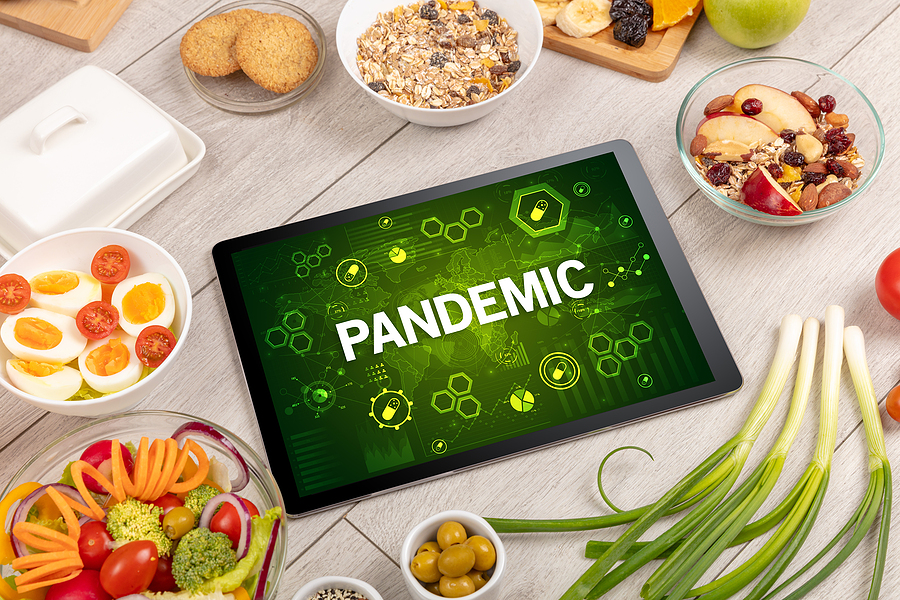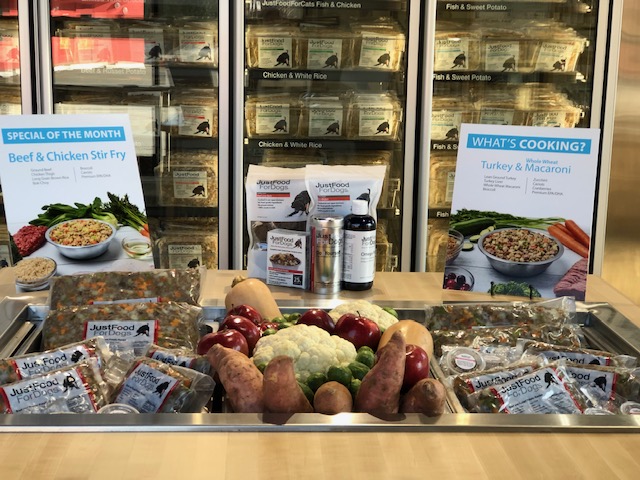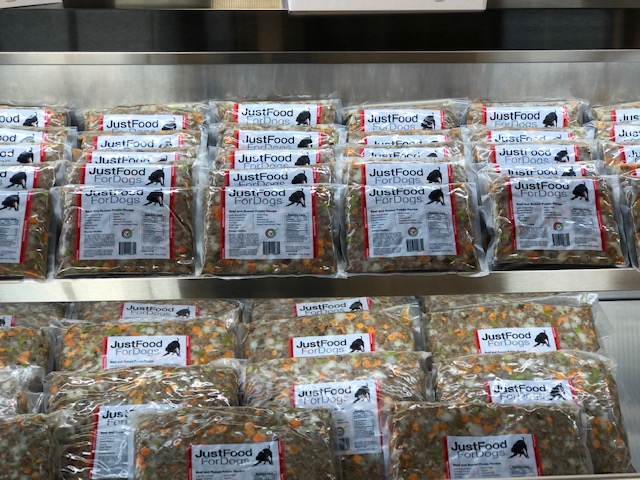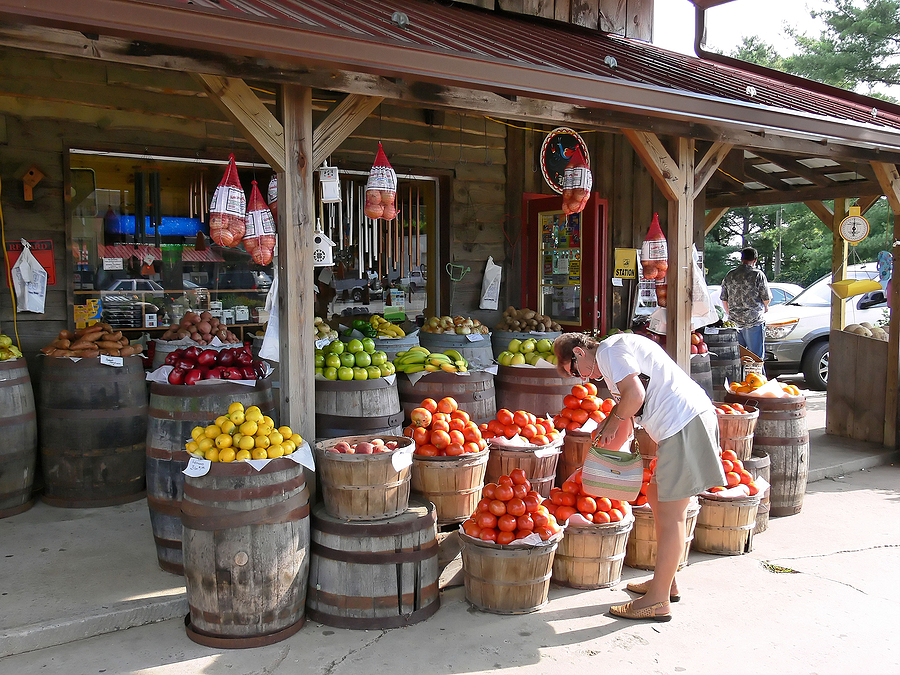
Pandemic Requires Meeting People Where They Are
February 3rd, 2021 Posted by Emergent brand marketing, brand messaging, Brand preference, brand strategy, consumer behavior, Consumer insight, COVID-19, Emotional relevance, engagement, Marketing Strategy, Pandemic, storytelling 0 comments on “Pandemic Requires Meeting People Where They Are”How you can improve consumer care and communication
In recent days the new Administration has brought greater transparency and clarity to the state of all things Pandemic. We’ve learned about more contagious strain variants, and non-optimal vaccine availability, and the real “final mile” logistical challenges of “getting vaccines into arms.” And just like the proverbial frog in the ever-increasing boiling pot of water, we’ve been reminded that although we’ve adapted to pandemic conditions over the last several months – we are still very much in a state of “national emergency” – a condition which “wasn’t created overnight and won’t be solved overnight.”
And so here we are.
At a new starting block.
Together – with more road to travel.
With these new revelations, people (read: consumers) are still caught betwixt and between the very human push toward any-kind-of-normalcy-now-please and pulling back to be pragmatic and practical in protecting themselves and their loved ones.
This juxtaposition brings ongoing challenges to brand communications for the foreseeable future.
- Can we (finally) move off of Pandemic-related communication and get back to “normal”?
- How can we best engage in the context of current consumer sentiment?
- Do we need to reassess how we’re balancing our messaging and tone?
Pushing too hard toward normalcy now with block-and-tackle promotional messages (not something Emergent recommends anyway) – at best, may be perceived as out of touch – at worst, tone deaf. (Be ready for those social media keyboard vigilantes who will point that out to you and your followers.)
If ever there was a time to take the ol’ axiom “meet people where they are” to heart – the time is now.
As any regular reader of our Emerging Trends Report can attest, we assert that consumers are people first – emotion-driven, emotion-based – replete with hopes, dreams, fears and sometimes conflicted and complicated lives. Like now.
Reaching them today – being relevant and meaningful to them – requires less marketing genius and more real-life empathy and humanity.
While it’s true that the Pandemic has impacted communities and individuals differently, the overall shared experience has revealed five universal themes that more effectively address consumer sentiment and relevance, and are considerations when approaching communication strategies, tone and messaging in the coming months.
Consider these Five C’s of Ongoing Pandemic Brand Communications.
Compassion
Let’s talk tone as it undergirds everything to follow and is the basis of really connecting to our collective experience.
Though some of us have been merely inconvenienced during the Pandemic, others have suffered devastating generational losses – of loved ones – of livelihoods – of places to call home. Others still, are angry about life-momentum interrupted or golden years robbed of time spent with family, friends and grandchildren. Many are and will be struggling to get back on track emotionally and financially. None of us are totally un-affected. As such “happy talk” messaging may fall on deaf ears.
- How can your messaging and tone demonstrate a little compassion?
- Like a good neighbor, have you just checked in with your followers on social with, “How are you doing today?” and then offered words of encouragement?
- Are you sharing with your community how you’ve been helping and are continuing to help during this crisis – and in a way which is less about corporate philanthropy and more about doing your part
Comfort
Recently, we’ve all heard “it’s going to get worse before it gets better.” While, thankfully, the survival-panic demonstrated by The Great Toilet Paper Run of 2020 has leveled out, the idea of comfort – being comfortable – feeling comforted – remains. For some, the idea of getting back to normal is comforting (albeit not immediately completely realistic). Some in the early goings ensured their more indulgent comfort foods were well stocked to help weather the storm. Others still are finding new definitions of comfort in completing “pandemic projects” – many of those in the context of improved health & wellness. This type of comfort is borne more from achieving peace of mind through boosting immunity and shoring up any perceived health deficits making them more susceptible to illness.
We’re reminded, though, that we’re still in uncertain times. Uncertainty portends dis-comfort. While not as acute as in March for some, the idea of comfort is still sought after by most.
- How are you telegraphing and expressing the concept of comfort in your communications tone and messaging?
- Can you craft messages in ways to offer reassurance, consistency and perseverance?
Confidence
The aforementioned uncertainty, the evolving information now being revealed about the Pandemic, and even the elements around the state of our Union have manifested if not in a crisis of confidence – at least a solid pressure-testing of it. As we eventually return to normal life, returning to work or school – enjoying a dine-in restaurant meal – for some, even just getting out of the house – all will require stretching a confidence muscle many haven’t tapped in months. To them this will feel foreign and unsettling as they try to regain their sea legs. Important to note here, that our collective emergence will not happen with a flip of a switch but rather in a slow roll-out – first among those duly vaccinated or as geographic restrictions are lifted. People informed by their various degrees of pandemic impact, personal assessments of their healthfulness and states of mental fortitude will be re-entering at a personal pace.
- How can your messaging help inspire greater personal confidence?
Connection (and Re-Connection)
Much has been written about ongoing isolation whether self-imposed or otherwise. Plenty of people are still hunkered down or limiting external exposure to protect themselves and those in their homes. As virtual connection has filled a void, anticipating eventual en masse in-person re-connecting brings much anxiety and complexity for consumers to process and manage. Even with vaccinations administered or others over their illnesses and boasting antibodies, the same public health measures of mask wearing and physical distancing are advised for the long term. That’s tricky – especially as more virulent strains emerge and current vaccines are evaluated against them, and questions abound about how long vaccines and antibodies may offer effective protection.
Safely re-connecting won’t be like those sun-on-your-face, mask-free, personal-space invading “before times.”
The promise of eventual re-connecting is joyous.
The realities of re-connecting are, well, complicated.
- Are there ways you can help simplify or otherwise support the idea of safely reconnecting?
Convenience
The Pandemic fueled contact-free convenience expectations among consumers. We’ve become (more) accustomed and maybe even dependent upon online ordering, curbside pick-up, drive-thru prepared meal take-out – even burgeoning auto-replenishment and subscription-based services. It is a new day. While some may long for the leisurely visit to the grocery or the day spent strolling and shopping the mall – it won’t be at the expense of relinquishing the new pandemic-induced, creature-comfort conveniences to which we’ve become accustomed.
- What ongoing role is the convenience playing in your communications?
- Is it evolving as our situation is evolving?
We know that business marches on and there’s selling to be done but for the coming months is it really just “business as usual” as our collective Pandemic experience continues?
Can you spare a percentage of your social media posts to offer support rather than sell?
Importantly, can you acknowledge the whole person who sums up the consumer?
You may find this earnest, authentic approach endears.
Bob Wheatley is the CEO of Chicago-based Emergent, The Healthy Living Agency. Traditional brand marketing often sidesteps more human qualities that can help consumers form an emotional bond. Yet brands yearn for authentic engagement, trust and a lasting relationship with their customers. Emergent helps brands erase ineffective self-promotion and replace it with clarity, honesty and deeper meaning in their customer relationships and communication. For more information, contact [email protected] and follow on Twitter @BobWheatley.








